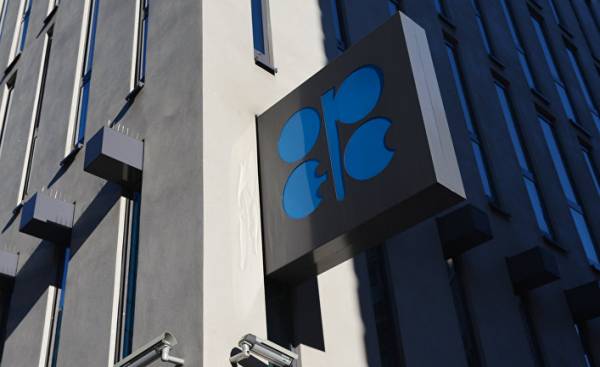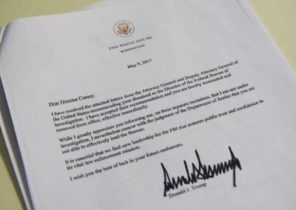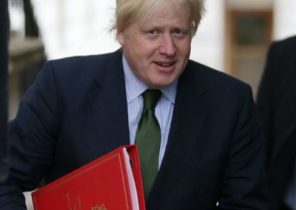
Taking into account the capacity and flexibility of production in the United States, Saudi Arabia and Russia want to maintain the quotes of “black gold”.
The major countries-oil producers decided to maintain the quotes of “black gold”. This morning in Beijing, the energy Ministers of Russia and Saudi Arabia Alexander Novak and Khaled al-Faleh supported the extension of the agreement to limit oil production. They both noted the need to stabilize the market through the extension of the arrangements for the 9 months to 31 March 2018, according to a joint press release.
The agreement of the two largest producers intended to push in the same direction as other States-exporters (Algeria, Angola, Venezuela…). More and not talking about the return to the policy of the open valve, where prices fell to $ 28 per barrel by early 2016. Scheduled for may 25 in Vienna meeting of OPEC should be a mere formality. The whole logic of the organization should extend the contract from November 30, 2016 to reduce production by 1.2 million barrels a day. The countries-manufacturers do not have much of a choice: if they refuse that Brent crude can fall below $ 40 per barrel, the Bank considers Citigroup. But if OPEC will adopt a more serious cuts, prices will certainly rise, but us producers of shale oil and gas will see this as a signal to expand production. And it will hit the market share of OPEC.
Price drop
After the historic agreement of November 30, prices for oil rose above $ 50 dollars ($54 in the first quarter), but since the beginning of March, again went down. The problem lies not in oil demand, which is constantly growing. According to the International energy Agency, it needs to reach 103 million barrels per day in five years against the current 98 million. The main reason was the offer: the market has never been so much oil. World reserves are at maximum capacity (3 billion barrels). OPEC managed to achieve only mixed results. Many wells in Texas and the Dakotas were closed, however, the shale oil companies are not sitting idle: they were able to provide impressive performance gains. Now most of the fields are profitable at $ 45 per barrel. On the background of the rise of quotations of oil again began to drill based on supporting the production policy of Donald trump.
In the Permian basin in Texas continues shale fever: the territory in the four-hour drive West of Dallas has become a real El Dorado. “Roads are constantly clogged, says the manufacturer. — A few months salary in the Permian basin increased by 30%, and the cost of renting a drilling rig has doubled.” So, what can give an agreement of Moscow and Riyadh? This morning Brent has risen in price by 1% is worth more than $ 51 per barrel. Former Director of the Center for energy and raw materials geopolitics Jean-Marie Chevalier (Jean-Marie Chevalier) believes that “everything is going to low price period, which will last for the whole of 2017 and part of 2018.” Some believe that the barrel will remain below the 50 dollar strap and 2019. And only at the end of the decade the decline of large companies (about 40% in comparison with 2014) will really manifest itself. The production will struggle to meet demand, which could lead to a rise in prices.







